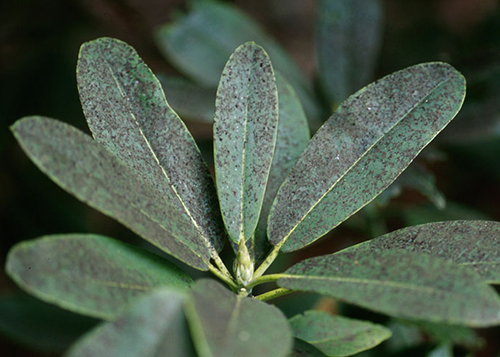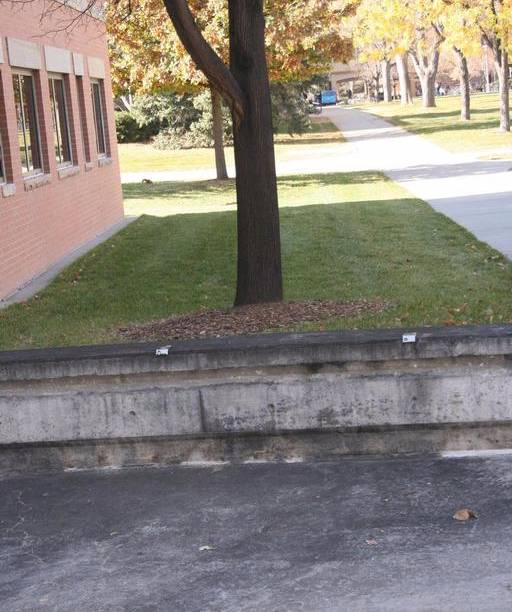Integrated Pest Management
Sooty Mold
Many fungal species
Hosts, Symptoms & Signs
- any plant where aphids, soft scales, leafhoppers, whiteflies or mealybugs feed and honeydew is produced
- black fungal growth on leaves, fruit, branches and stems
- stunted growth or early leaf drop in severe cases
- causes indirect damage by reducing photosynthesizing leaf surface area
Disease Cycle
- sooty molds are not real pathogens; they colonize the honeydew excreted from aphids and other phloem-feeding, sap-sucking insects and feed on the sugary substance
IPM Recommendations
- Manage trees to improve or maintain overall health.
- Wash off aphids with a strong stream of water.
- Manage or exclude ants from trees to prevent them from protecting honeydew-producing insects.
- Wash sooty mold and honeydew from plants using water.
- Apply horticultural oils to overwintering aphid eggs and scales in spring prior to bud break.
- Apply an insecticidal soap or pyrethroid to nymphs, crawlers and adults when present.
- Apply a systemic insecticide (neonicitinoid) in the spring to target sap-sucking, phloem-feeding insects that produce honeydew.




